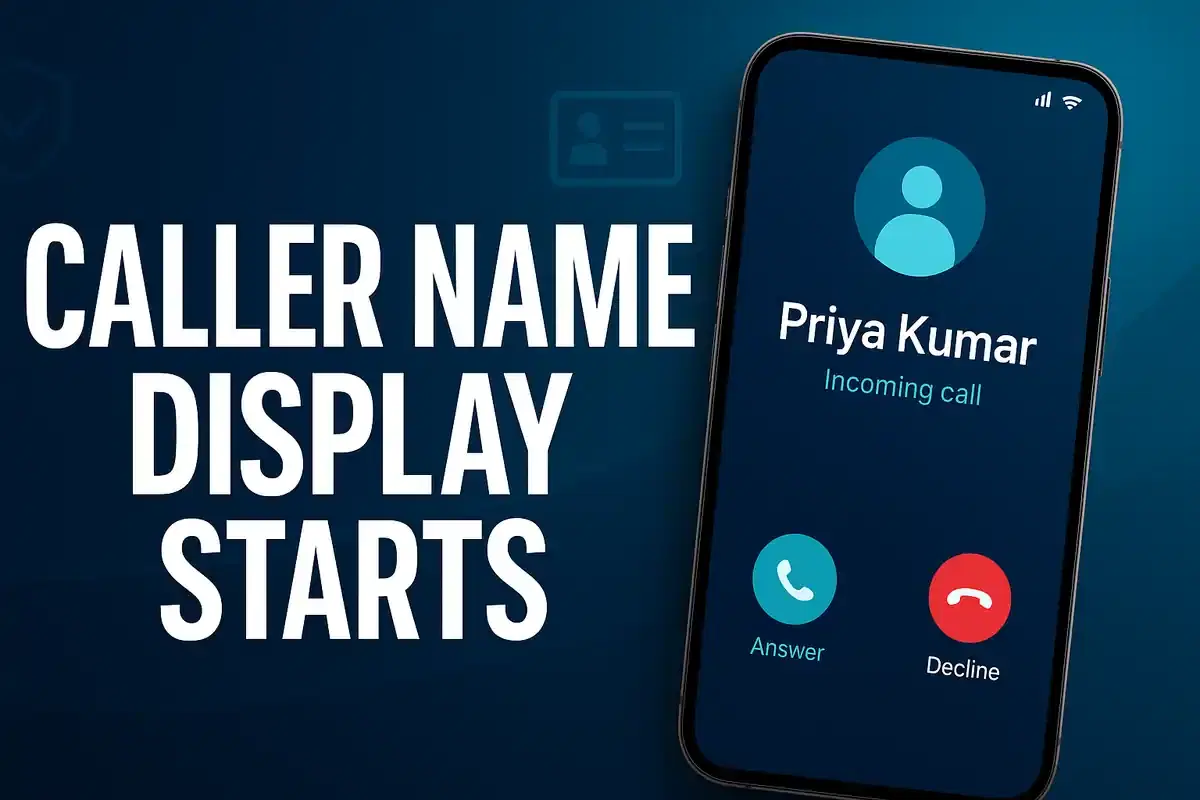Telecom Regulators TRAI and DoT Agree to Display Caller's Original Name by Default
Telecom
|
28th October 2025, 7:10 PM

▶
Short Description :
Detailed Coverage :
The Telecom Regulatory Authority of India (TRAI) and the Department of Telecom (DoT) have reached an agreement to implement Calling Name Presentation (CNAP) by default across telecommunication networks in India. This decision means that the original name of the caller, corresponding to the identity used for their connection, will be displayed to the called party by default.
Initially, TRAI had suggested that the CNAP service be activated only upon the request of the called subscriber. However, the DoT proposed that the service should be available by default, allowing subscribers to opt-out if they do not wish to use it. TRAI has accepted this modification.
The primary objective behind introducing CNAP is to protect subscribers from fraudulent calls and curb cybercrime activities such as digital arrests and financial frauds. The regulators have agreed that CNAP will not be presented to parties who avail the Calling Line Identification Restriction (CLIR) facility. CLIR is typically provided to select individuals like central intelligence agency officers and dignitaries, requiring thorough verification for normal subscribers and being barred for bulk connections, call centers, or telemarketers.
Furthermore, the service is planned to be implemented by default for users on 4G and subsequent technologies. Due to bandwidth constraints, implementing CNAP for 2G and 3G users is technically challenging. The DoT also plans to issue instructions for CNAP to be a standard feature in all new devices sold in India after approximately six months from the notification date.
The DoT will now make the final decision on the framework and discuss technical functionality with the Ministry of Electronics and Information Technology (MeitY).
Impact This decision is expected to significantly enhance user security and trust in telecom communications by providing greater transparency. It could lead to a reduction in phishing and other call-based scams, making mobile usage safer. For device manufacturers, it implies a need to ensure their devices are CNAP-compatible within the stipulated timeline. Rating: 6/10
Difficult terms: Calling Name Presentation (CNAP): A telecommunication service that displays the name of the caller along with their phone number on the recipient's device. Department of Telecom (DoT): A government department in India responsible for policy, administration, and development of telecommunications. Telecom Regulatory Authority of India (TRAI): The statutory body that regulates the telecommunications sector in India. Calling Line Identification Restriction (CLIR): A service that hides the caller's phone number and name from the recipient, preventing them from being identified. Digital arrest: A form of fraud where criminals impersonate law enforcement and trick victims into believing they are involved in a crime, demanding money or personal information to avoid arrest.